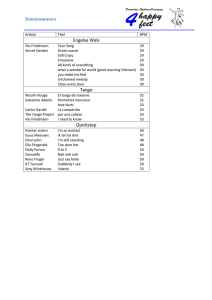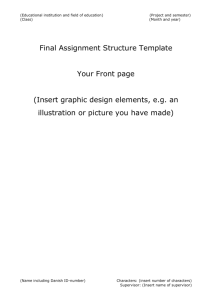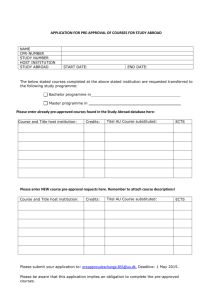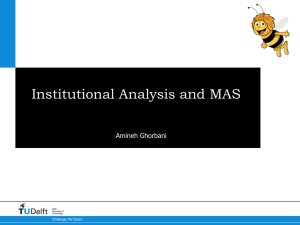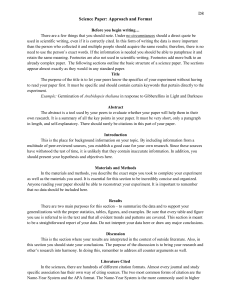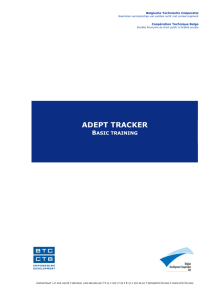Cover page / structure of a laboratory report
advertisement
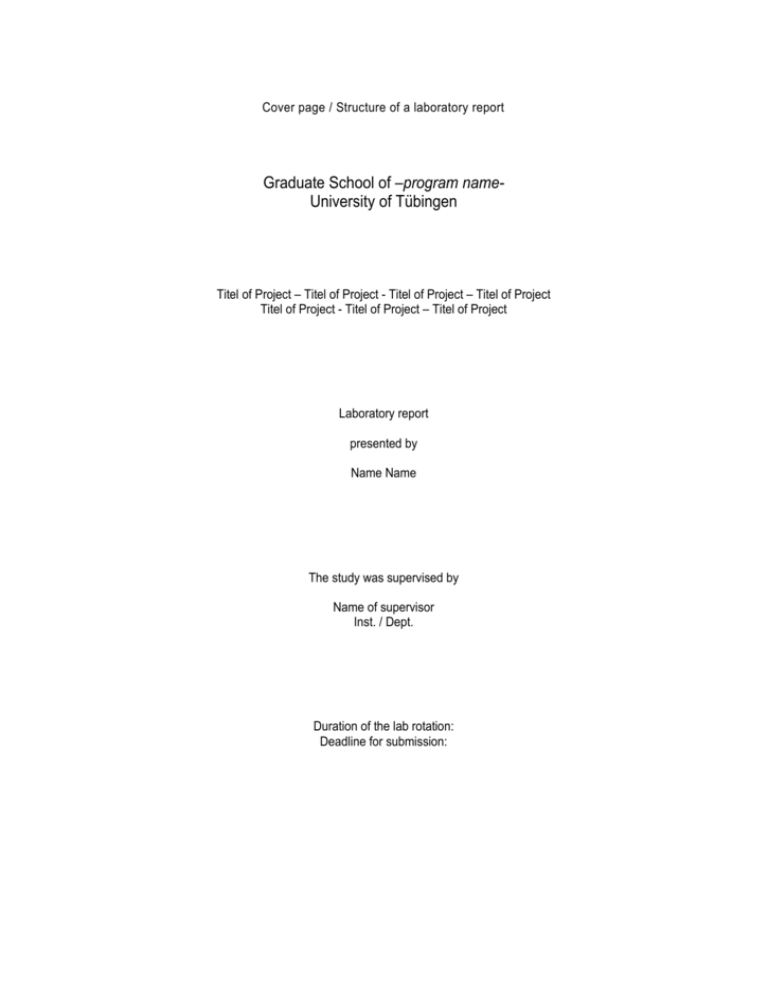
Cover page / Structure of a laboratory report Graduate School of –program nameUniversity of Tübingen Titel of Project – Titel of Project - Titel of Project – Titel of Project Titel of Project - Titel of Project – Titel of Project Laboratory report presented by Name Name The study was supervised by Name of supervisor Inst. / Dept. Duration of the lab rotation: Deadline for submission: The lab report should be structured like a research paper containing the following chapters: Abstract The Abstract should be concise, consisting of 200 words or less. It should briefly frame the biological problem that the paper addresses, indicate in brief the method of approach, the species of animal used, and provide a concise summary of the major results and conclusions (no subheadings, no references to the literature). Introduction The Introduction should frame the scientific issues that motivate the study. It should briefly indicate the objectives of the study and provide enough background information to clarify why the study was undertaken and what hypotheses are tested. An overview of the key publications in the field is essential. Material & Methods The Materials & Methods section should be brief but adequate to allow a qualified investigator to repeat the research. The animals, supplies and equipment used should be described in detail. All companies from which materials were obtained should be listed with their location. All methods of analysis and statistical testing must be identified and explained in detail. Studies employing animals have to identify that the experiments being reported were approved by the institutional Animal Care and Use Committee. Results The Results of the study should be laid out in a series of declarative paragraphs. Only results essential to establish the main points of the work should be included. Often the reporting of the results can be clearer if broken down into subsections. All figures and tables must be cited in the text, and must be numbered in the order of their text citation. Figure legends should be self-explanatory, without referring to the text. They should identify the material that is being illustrated, what is shown, and its significance. Each table should be identified by number and should have a title. The Results section should not include long passages about the rationale of the experiments (which belong in the Introduction), or the methods used (which belong in the Material and Methods), nor should it include justification or discussion of the results (which belong in the Discussion section). Discussion The Discussion should begin with a statement of the important findings of the study. Subsequent sections can address technical issues, analysis of the results, and the implications of the work. Again, it is often helpful to break down the Discussion into subsections that focus on particular topics. It is proper to include a section that summarizes and expands upon conclusions that may be drawn from the work (raises open questions, proposes future studies). Acknowledgements These may include thanks to technicians or colleagues who have helped with the work or provided materials. Literature Cited All references cited in the text (and only those cited in the text) should be included. References in the text should be cited by author’s name and year of publication (Kandel, 2002, Hodgkin and Huxley, 1952, Zigmond et al., 2000a, b). Only published and “in press” (i.e., accepted for publication) references should appear in the reference list (in alphabetical order by author, then chronological order by year). A standard format of listing references looks like this: Hodgkin AL, Huxley AF (1952) The components of membrane conductance in the giant axon of Loligo. J Physiol (Lond) 116:473-496. See also: Writing effective manuscripts http://www.sfedit.net/newsletters.htm
